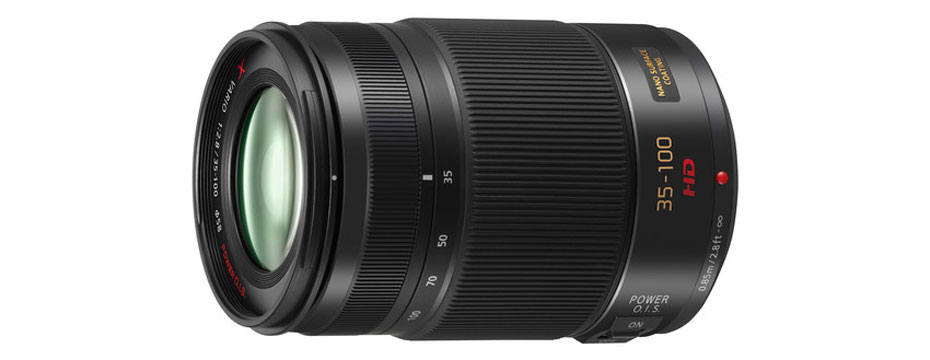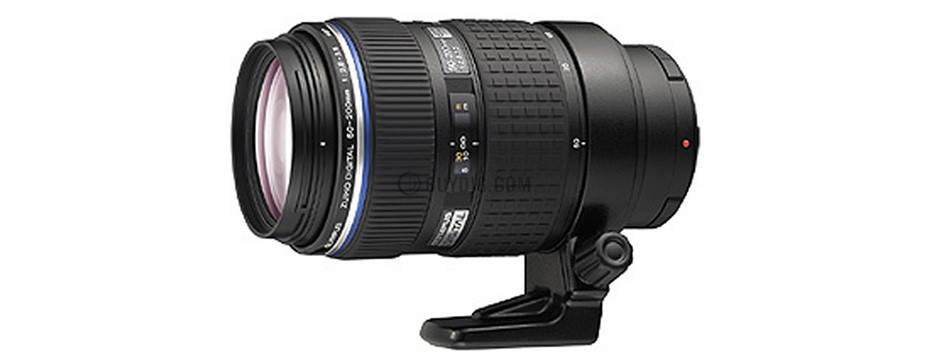
Sony E Mount Rokinon Lenses
Sony A7 and A7R shooters rejoice! Announced back in in October, Samyang today confirmed that five of its full frame Rokinon lenses are now available in Sony E-mount, and are therefore the first third-party optics with native mounts for the Sony A7 and A7R. The short video at the top of this page was made with them. The lenses are the 14mm F2.8, 24mm F1.4, 24mm F3.5 tilt-and-shift, 35mm F1.4, and 85mm F1.4. All feature manual focus and manual aperture operation. The quite reasonable retail prices do reflect that. I don’t know what you folks talk about when you get together where you live, but around Hollywood new indie priced production gear is always a hot topic. The latest buzz is these low cost, $1,000 more or less, for a full set of Samyang’s Rokinon branded prime focal length video lens selection. Sony released its hot selling A7 and A7R with only three lenses available, a couple of adapters to fit older Sony Alpha mount glass, and a hope and a prayer that consumers would wait patently by while Sony gets its preverbal act together to design and manufacture more.
While consumers have been disappointed by the quite limited availability of native Sony E mount glass, lens adapter manufacturers are having a field day selling out everything they can produce. Given the mirrorless design of the Alpha mirrorless series, almost every other lens ever made can be used on a Sony body with the addition of a lens adapter. Lens adapters change whatever camera the native lens mount was originally intended for into a Sony E mount useable on the new Alpha series Sony A7/A7R bodies. Most adapters made are simple metallic pieces, fabricated from aluminum, stainless steel, or brass. Most lenses designed for 35mm film cameras can now be used on the wide variety of modern digital bodies, including Sony’s new offerings. I make no apology for being one who prefers using my trusty “classic” glass on adapters with whatever body may be at hand. I’d rather fiddle with the differences in controls than have to fiddle with changing the look in post.
Sony’s products will undoubtedly lead several lens manufacturers with the temptation of increased sales simply by offering their products in the native E Mount. Zeiss and Samyang’s Rokinon lenses were just the first two. Zeiss was the first to market with actual shipping product here in the United States that supports the E mount natively with the Zeiss Truit lens line, but this is where things get a bit confusing. There are TWO E-Mount sensor formats. For the full frame cameras, the FE designation is necessary if you want true full frame coverage. All of the Rokinon lenses in the Samyang line are designated full frame, so cover all of the Sony E mount cameras. But why would you bother? I prefer my lenses in a more generic mount, in my case Canon EOS, and then I adapt to individual cameras as necessary. For any filmmaker continually changing cameras, or renting cameras of different formats as necessary for specific jobs, having your glass all in a common mount is much easier.
Samyang Optics Company Limited is a Korean based optics and optical related products manufacturing company founded in 1972. Samyang business enterprises are comprised of manufacturing optical equipment, CCTV and photographic accessories. All Samyang lenses are produced in the company’s plant in Masan, South Korea. Samyang is known for producing varifocal and monofocal lenses, autoiris and fixed iris lenses, interchangeable lenses that are compatible with the cameras produced by other companies. In 2004, Samyang was merged with the Japanese CCTV optical devices maker Seikou.
Samyang produces lenses to fit cameras from Canon, Nikon, Sony, Fujifilm, Pentax, Samsung, Yashica, Olympus and Panasonic, plus a wide range of T-mount lenses. Samyang SLR lenses are also branded as Vivitar, Falcon, Rokinon, Walimex, Bower, Opteka, Polar and Pro-Optic, so if you look around you are sure to see many variants. All are reportedly identical save for the brand markings. Among these are:
Manual focus prime lenses
- Samyang 7.5mm f/3.5 UMC Fisheye MFT for Micro Four Thirds systems
- Samyang 8mm f/2.8 UMC Fisheye for various APS-C mirrorless cameras
- Samyang 8mm f/3.5 Fisheye CS (Fisheye for APS-C / DX sensors)
- Samyang 8mm f/3.5 Fisheye CS II with detachable hood (Fisheye for APS-C / DX sensors)
- Samyang 10mm f/2.8 ED AS NCC CS
- Samyang 14mm f/2.8 ED AS IF UMC
- Samyang 16mm f/2.0 ED AS UMC CS
- Samyang 24mm f/1.4 ED AS UMC
- Samyang 35mm f/1.4 AS UMC
- Samyang 85mm f/1.4 Aspherical IF
- Samyang T-S 24mm f/3.5 ED AS UMC (T-S means Tilt and Shift)
The 8mm f3.5 fisheye, 14mm, 16mm, 24mm, 35mm and 85mm lenses are also sold as cine variants with clickless aperture stops, T stops and follow focus gears. Nikon F mount lenses (except ‘a cine variant’) also feature a CPU and aperture connection for EXIF data and exposure measuring, they are labelled as AE.
Manual focus prime mirror lenses (T-mount)
- Samyang 300mm f/6.3 Reflex
- Samyang 330mm f/5.6
- Samyang 440mm f/5.6
- Samyang 500mm f/6.3
- Samyang 500mm f/8
- Samyang 800mm f/8
Manual focus prime lenses (T-mount)
- Samyang 500mm f/8 Preset
- Samyang 500mm f/8 ED
- Samyang 500mm f/8 ED Preset
- Samyang 500mm f/5.6
Manual focus zoom lenses (T-mount)
- Samyang 650-1300mm f/8-16
PLEASE RATE THIS STORY! [ratings]








